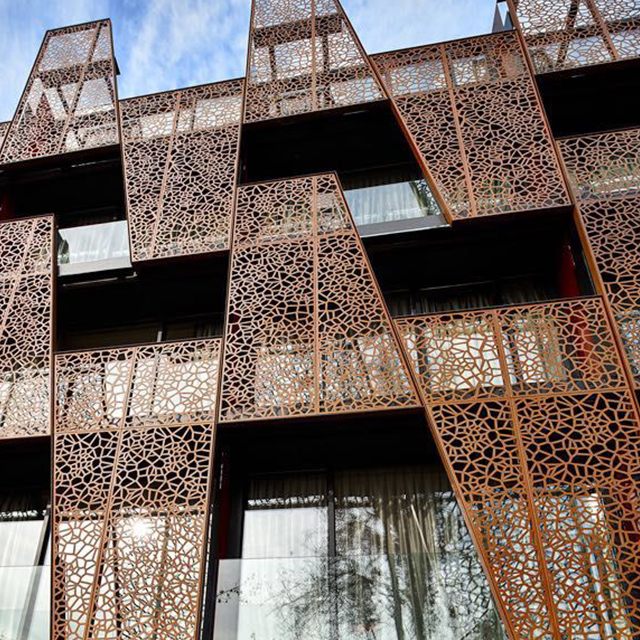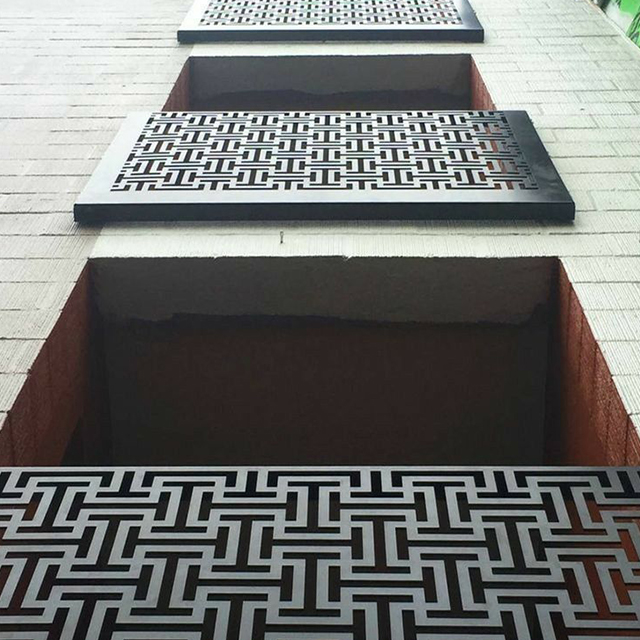Discover how metal cladding for extreme climates enhances durability and energy efficiency. Learn about corrosion-resistant materials, installation tips, and sustainable practices. Explore more at Likton Metal.
In regions with extreme weather conditions—such as coastal areas, deserts, or polar climates—metal cladding must withstand corrosion, high winds, temperature fluctuations, and UV exposure. This article explores how specialized metal wall panels, particularly aluminum, provide robust solutions for harsh environments while maintaining aesthetic appeal and sustainability.
1. Why Metal Cladding Excels in Extreme Climates
Metal cladding for extreme climates offers unique advantages:
- Corrosion Resistance: Aluminum panels with protective coatings (e.g., PVDF or anodized finishes) resist saltwater, humidity, and chemical exposure.
- Thermal Stability: High-quality insulation combined with metal cladding regulates indoor temperatures in both hot and cold climates.
- Wind Resistance: Engineered fastening systems ensure panels withstand hurricanes and strong winds.
- UV Protection: Reflective finishes reduce heat absorption and prevent fading.
Example: The Burj Al Arab in Dubai uses aluminum cladding to endure scorching heat and coastal salinity.
Learn about corrosion-resistant materials: NACE International
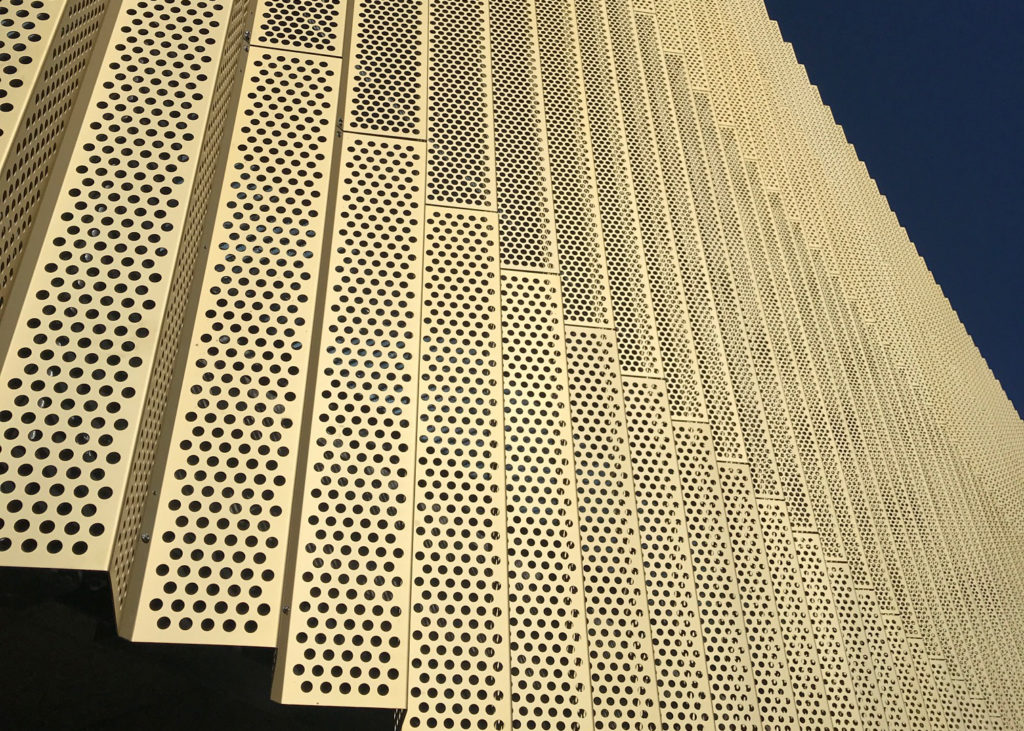
2. Choosing Corrosion-Resistant Aluminum Panels
Benefits of corrosion-resistant aluminum panels include:
- Longevity: Aluminum’s natural oxide layer prevents rust, ideal for coastal and industrial areas.
- Low Maintenance: Unlike steel, aluminum requires no regular painting or sealing.
- Custom Finishes: Options like fluoropolymer coatings enhance durability and color retention.
Case Study: The Oslo Opera House in Norway uses aluminum panels treated for saltwater resistance in its coastal location.
Explore aluminum coatings: The Aluminum Association
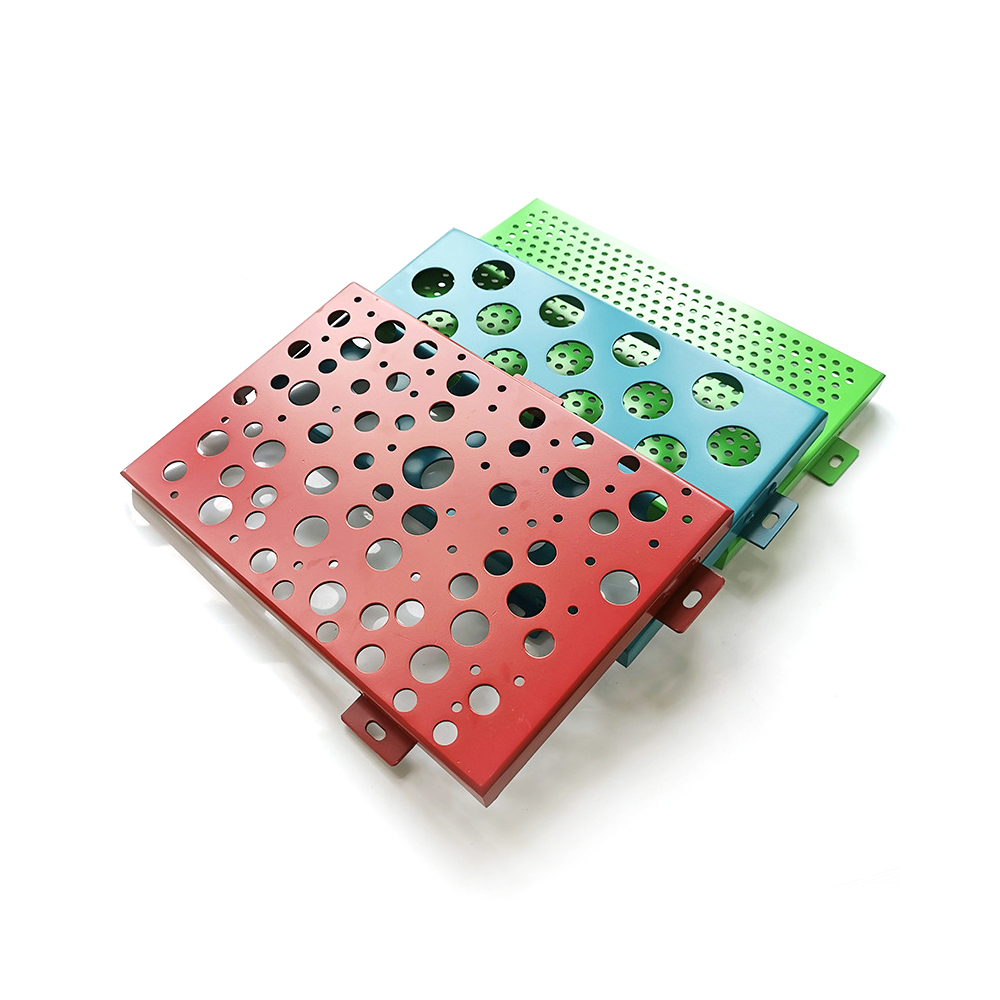
3. Designing Metal Facades for Harsh Environments
Designing metal facades for harsh environments requires:
- Drainage Systems: Hidden gutters and weep holes to prevent water accumulation.
- Modular Panels: Easy replacement of damaged sections without disrupting the entire facade.
- Thermal Breaks: Insulated panels to minimize heat transfer in extreme temperatures.
- Wind Load Calculations: Engineering panels to meet local wind resistance standards.
Tip: Work with architects experienced in extreme climate design to avoid costly mistakes.
Read design guidelines: American Institute of Architects (AIA)
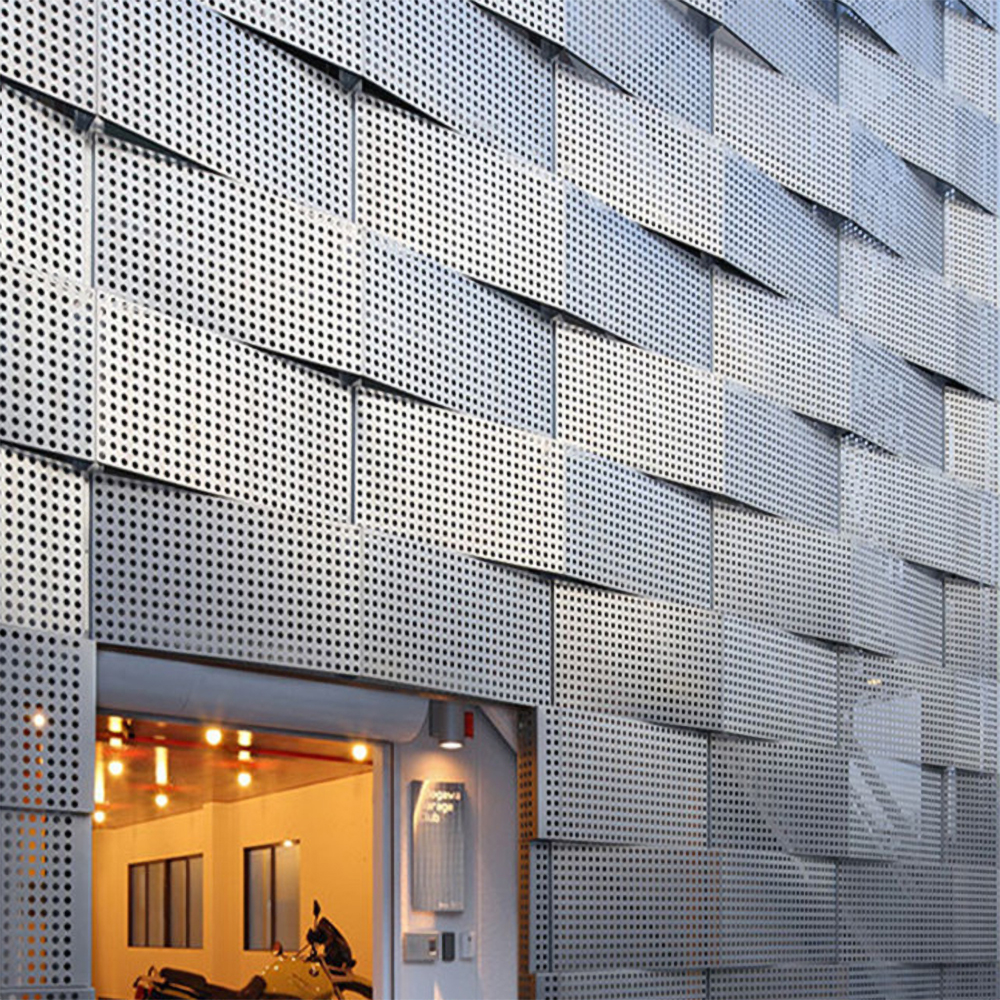
4. Installation Best Practices in Coastal Areas
Installation in coastal areas demands attention to:
- Material Selection: Use marine-grade aluminum or stainless steel fasteners.
- Sealant Quality: Apply silicone-based sealants resistant to saltwater degradation.
- Elevated Framing: Install panels above flood-prone zones to prevent water damage.
- Regular Inspections: Check for salt buildup or corrosion at joints annually.
Example: The Miami Beach Convention Center uses elevated aluminum cladding to combat flooding and salt spray.
Learn coastal construction standards: FEMA Building Science
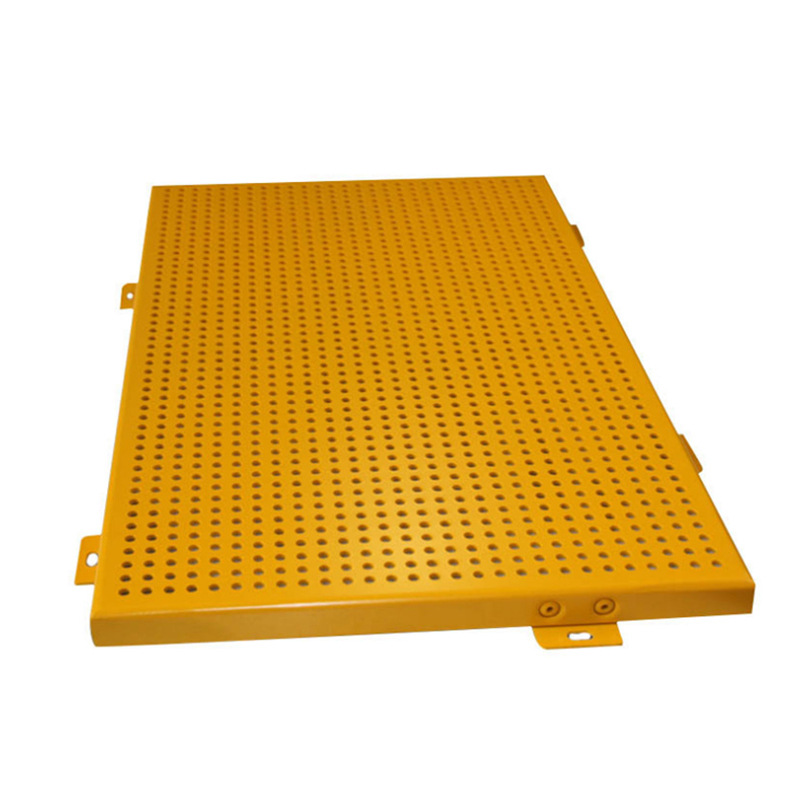
5. Sustainable Metal Cladding in Extreme Weather
Sustainable metal cladding in extreme climates focuses on:
- Recyclability: Aluminum’s 100% recyclability reduces environmental impact.
- Energy Efficiency: Insulated panels lower HVAC demands in extreme heat or cold.
- Solar Reflectance: Cool roof coatings reduce urban heat island effects in hot climates.
Case Study: The Research Support Facility in Colorado uses reflective aluminum cladding to achieve net-zero energy in a harsh continental climate.
Explore sustainable practices: U.S. Green Building Council (USGBC)
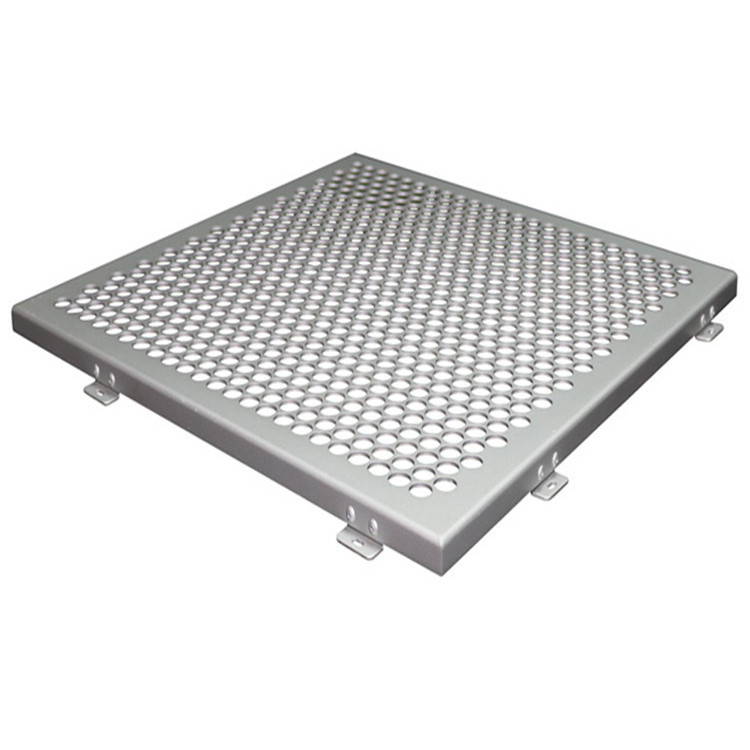
Conclusion
Metal cladding for extreme climates combines durability, energy efficiency, and design flexibility, making it ideal for challenging environments. By selecting corrosion-resistant materials, adhering to strict installation protocols, and prioritizing sustainability, architects can create resilient and visually striking buildings.
For high-performance metal cladding solutions, visit Likton Metal to explore our products. Need expert advice? Contact us today for a customized quote!
